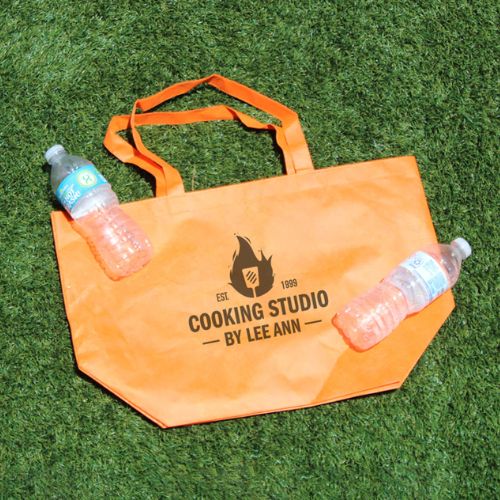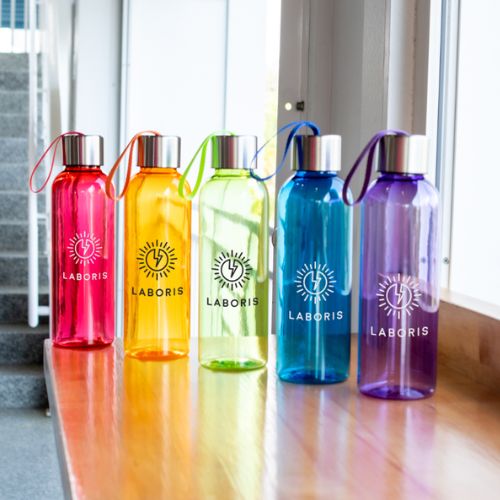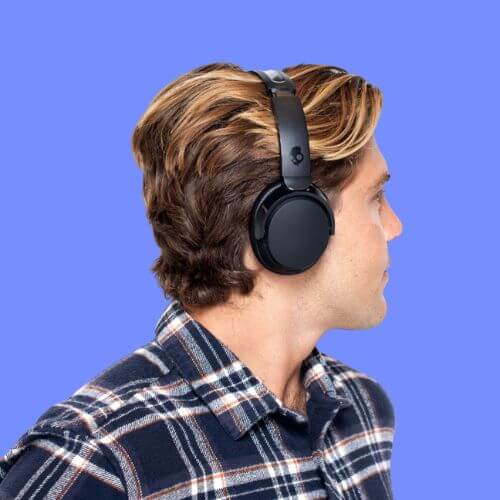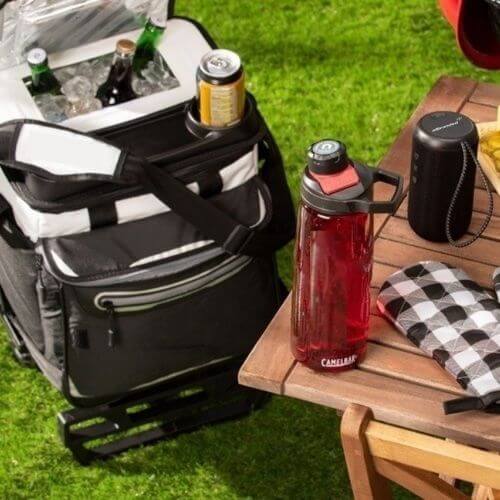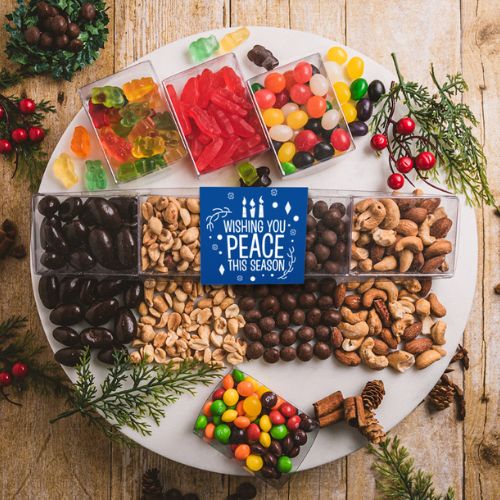Flexographic printing
What is flexographic printing?
Flexographic printing is a relief printing process that is mostly used in the field of packaging material. As the name of this printing process suggests, the printing areas of the machine are higher than the non-printing areas. The printing unit consists of several rollers that transfer the environmentally friendly printing inks to the substrate.
How does flexo printing work?
The so-called anilox roller transfers the color to the printing form cylinder, which is stretched over the flexographic printing plates. These rollers are usually made of rubber or photopolymer. The print artwork is applied to the plates in advance by special suppliers using laser engraving or UV irradiation according to precise customer requirements. For multicolor prints, each color is set up on a separate printing plate. Later during printing, the raised areas of the printing plates pick up the ink from the anilox roller and transfer it to the printing material. The printing material then runs between the printing form cylinder and an impression cylinder. Sufficient pressure between the printing cylinder and the impression cylinder is important to make sure that no bubbles form between the printing form and the substrate. Bubbles like this can cause uneven ink wetting of the printing material. With the flexographic printing form, a distinction is made between two different printing units, the fountain roller printing unit and the chamber doctor blade printing unit. The main difference between these two methods is the ink transfer to the anilox roller during printing. Like offset printing, flexographic printing is not a digital printing process, but a conventional printing process.
The fountain roller printing unit
In contrast to the chamber doctor blade printing unit, the fountain roller printing unit has one more roller and as the name already suggests it, it is the so-called immersion roller. This rotates in an ink tank filled with printing ink. The roller picks up the ink for printing and transfers it to the anilox roller. Then the anilox roller transfers the ink to the flexographic printing plates. However, the ink dosage is already regulated at the anilox roller. The roller surface is made of chrome or ceramic, into which 70 to 500 "cells" per centimeter have been laser engraved. If the dipping roller now picks up the ink for printing from the tub and passes it on to the anilox roller, the numerous cells fill with ink. With the help of the doctor blade, excess ink is scraped off so that the printed result has precise and sharp edges at the end.
The chamber doctor blade
The chamber squeegee printing unit has one roller less than the fountain roller printing unit and works with an ink transfer system. This pumps the ink into a chamber that is pressed against the anilox roller with air pressure. The color is dosed automatically. The printing ink is thus transferred to the anilox roller and is then passed on to the printing form cylinder.
Which promotional items can be printed with flexographic printing?
Flexographic printing is mostly used as a finishing method for plastic packaging materials, along with labels and foils. In the USA and Italy, however, newspapers are also printed using flexographic printing. Paper and cardboard products can also be provided with motifs and texts using this letterpress process. At trade shows, it's always a good idea to hand out something small to snack on between meals, in addition to long-lasting promotional items. Whether it's sweet treats like gummy bears, candy or chocolate with your company logo or tasty snacks such as biscuits, pretzels or popcorn in attractive packaging with your slogan - customers will be happy about the small, tasty gifts.
For the Easter and Christmas season flexographic printing is exactly the right printing process to bring holiday greetings to the packaging in a stylish and high-quality way. Other packaging, such as for tea or coffee, can also be easily provided with an advertising design or other information using flexographic printing. However, the possibilities for paper products should also be examined. A practical desk calendar with the company address or a notebook. Refined with a logo for everyday thoughts, not only make a lasting, positive impression, but also promote companies in the long term. You can also use this printing method to create attention-grabbing packaging for a promotional giveaway with the right information that will make unwrapping so much more fun.
What should be considered before choosing flexography?
Even if flexographic printing works with environmentally friendly inks that dry quickly and thus speed up the process, there is a small disadvantage of this printing technology that is noticeable later in the print result. Since you work with very thin inks, the opacity of the inks on the material is not as strong as with other printing methods. This is less of a problem on transparent materials such as plastic bags, but when printing on very dark materials you should consider using a different printing technology. With this type of printing, the background color can possibly show through the advertising print.
The advantages of flexographic printing at a glance:
- Flexographic printing is a very fast printing process that can be used to print large quantities of promotional items in a short amount of time.
- The printing ink dries very quickly, enabling a rapid production process and timely delivery of the branded promotional products.
- Virtually all flexible fabrics can be printed using this printing method, allowing an advertising message to be transferred to a variety of promotional items. No extensive pre-printing work is required for flexographic printing except for the production of the flexographic printing plates. In addition, changes to the printing artwork can be carried out quickly and easily.
How are the costs of flexographic printing calculated?
The costs of this printing technique are calculated from the creation of the printing plates, as a new plate has to be created for each motif and several for multi-color prints. Added to this are the set-up times for the plates. If the printing form cylinder is covered with the plates, the machine stands still and therefore cannot produce. Of course, this downtime causes costs that are offset later. Another cost of printing with this method is the number of promotional items to be printed. Since this form of printing is best suited to giveaways such as bags of candy, it makes sense to order large quantities as this makes flexo printing significantly more economical.


